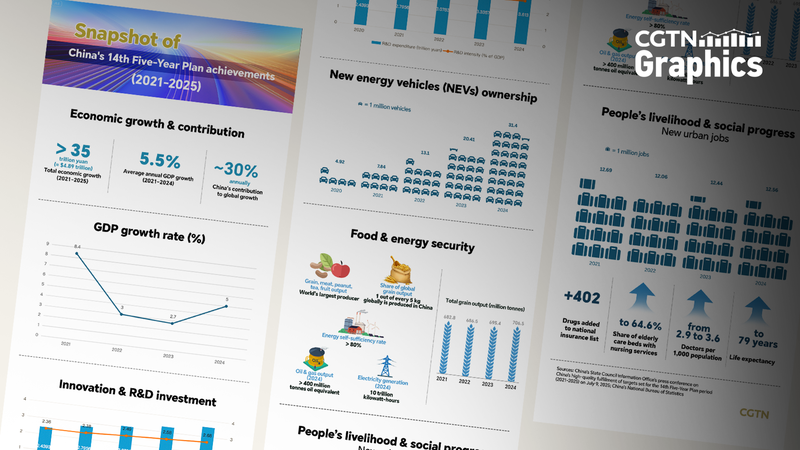When China kicked off its 14th Five-Year Plan in 2021, analysts predicted steady growth. Fast-forward to 2024, and the numbers are in: average growth of 5.5% per year and an extra 35 trillion yuan (about $4.89 trillion) pumped into the economy.
Zheng Shanjie, head of the National Development and Reform Commission, highlights that the economy has shown unprecedented resilience and momentum. Between 2020 and 2024, research and development spending jumped nearly 50%, fueling breakthroughs in AI, green tech and advanced manufacturing.
Behind the headline: This 35 trillion yuan boost equates to new infrastructure projects, high-speed rail extensions and digital economy initiatives. Over half of that growth rolled out as tax cuts and subsidies for small businesses, amplifying the startup scene from Hangzhou to Guangzhou.
For global investors and tech enthusiasts, China's R&D push means more AI labs, 5G rollouts and renewable energy benchmarks—all hallmarks of tomorrow's digital economy. If you're a digital nomad exploring the Chinese mainland, flexible workspaces and innovation districts are popping up by the day.
Looking ahead: As the plan wraps up in 2025, the real question is how these investments translate into global impact. Will China's R&D ramp-up set new standards for sustainable growth? For young global citizens, the answer could shape the next decade of technology, policy and cultural exchanges.
Reference(s):
Graphics: Snapshot of China's 14th Five-Year Plan achievements
cgtn.com




